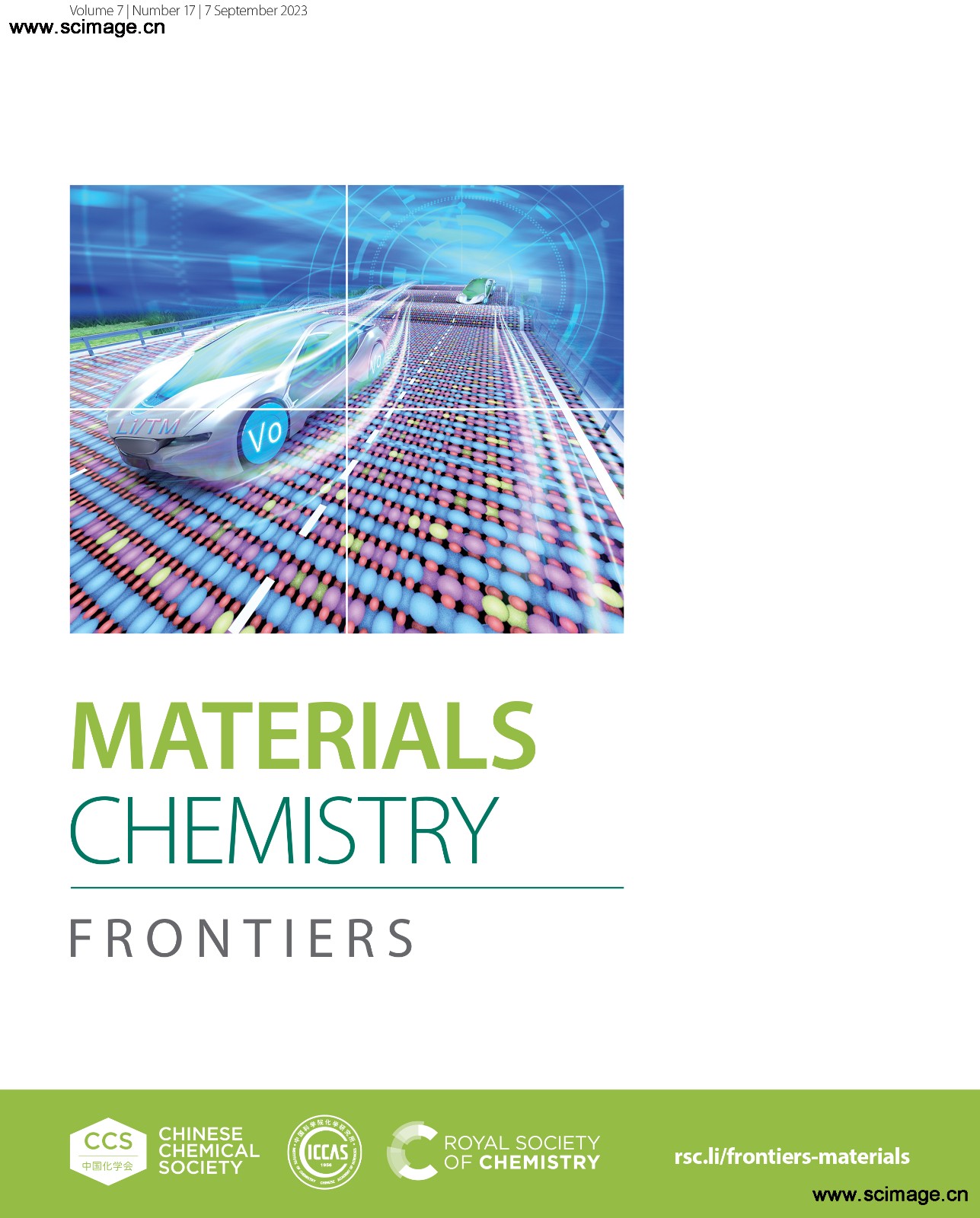博文
2023年9月嘲风作品集(一)
||
▲ Vol 17 Issue 09 | September , 2023
Antireflection Spatiotemporal Metamaterials
Youxiu Yu, Hao Hu, Linyang Zou, Qianru Yang, Xiao Lin, Zhuo Li, Lei Gao, Dongliang Gao
Antireflection Spatiotemporal Metamaterials
In article number 2300130, Hao Hu, Lei Gao, Dongliang Gao, and colleagues propose a spatiotemporal metamaterial to fully suppress the reflection and realize frequency conversions. The spatiotemporal metamaterials with two dynamic interfaces are engineered simultaneously in space and time by the pump beams, which are obliquely incident onto the metamaterials.
https://onlinelibrary.wiley.com/doi/10.1002/lpor.202370045
▲ Vol 06 Issue 05 | September , 2023
Interwoven Poly(Anthraquinonyl Sulfide) Nanosheets-Decorated Carbon Nanotubes as Core–Sheath Heteroarchitectured Cathodes for Polymer-Based Asymmetrical Full Batteries
Yonglin Wang, Kai Chen, Yunhai Zhu, Jiazhi Wang, Nan Jiang, Yingkui Yang
Organic redox-active polymers provide promising alternatives to metal-containing inorganic compounds in Li-ion batteries (LIBs), whereas suffer from low actual capacities, poor rate/power capabilities, and inferior cycling stability. Herein, poly(anthraquinonyl sulfide)-coated carbon nanotubes (CNT@PAQS) are readily performed by in situ polymerization to form core–sheath nanostructures. Remarkably, flower-like PAQS nanosheets are interwoven around CNTs to synergistically create robust 3D hierarchical networks with abundant cavities, internal channels, and sufficiently-exposed surfaces/edges, thereby promoting electron transport and making more active sites accessible for electrolytes and guest ions. Apparently, the as-fabricated CNT@PAQS cathode delivers the large reversible capacity (200.5 mAh g−1 at 0.05 A g−1), high-rate capability (161.5 mAh g−1 at 5.0 A g−1), and impressive cycling stability (retaining 88.0% over 1000 cycles). In addition, an asymmetric full-battery using CNT@PAQS as a cathode and cyclized polyacrylonitrile-encapsulated CNTs as an anode is assembled that delivers a high energy density of 86.3 Wh kg−1, and retains 81.3% of initial capacity after 1000 cycles. This work opens up an efficient strategy to combine highly conductive and redox-active phases into core–sheath heterostructures to unlock the barrier of high-rate charge storage. The further integration of two polymer-based electrodes into asymmetric full cells would also consolidate the development of low-cost, sustainable, and powerful batteries.
https://onlinelibrary.wiley.com/doi/10.1002/eem2.12564
▲ Vol 02 Issue 03 | September , 2023
Issue Information
https://onlinelibrary.wiley.com/doi/10.1002/mlf2.12028
▲ Vol 02 Issue 05 | September , 2023
Realizing high-energy density for practical lithium–sulfur batteries
Ruopian Fang, Ke Chen, Zhenhua Sun, Guangjian Hu, Da-Wei Wang, Feng Li
Lithium–sulfur (Li–S) batteries has emerged as a promising post-lithium-ion battery technology due to their high potential energy density and low raw material cost. Recent years have witnessed substantial progress in research on Li–S batteries, yet no high-energy Li–S battery products have reached the market at scale. Achieving high-energy Li–S batteries necessitates a multidisciplinary approach involving advanced electrode material design, electrochemistry, and electrode and cell engineering. In this perspective, we offer a holistic view of pathways for realizing high-energy Li–S batteries under practical conditions. Starting with a market outlook for high-energy batteries, we present a comprehensive quantitative analysis of the critical parameters that dictate the cell-level energy density for a Li–S battery. Thereby we establish a protocol to expedite the integration of lab-scale Li–S research results into practical cell. Furthermore, we underscore several key considerations for promotion of commercial viability of high-energy Li–S batteries from the perspective of battery industrialization.
https://onlinelibrary.wiley.com/doi/10.1002/idm2.12118
▲ Vol 07 Issue 17 | 07 September , 2023
Oxygen vacancy in Li-rich Mn-based cathode materials: origination, influence, regulation and characterization
Xinrui Liu, Jiaoyang Cheng, Yunlong Guan, Songtao Huang and Fang Lian
Lithium-rich Mn-based oxides (LRMOs) with high specific capacity have been accepted as key cathode materials for the development of high energy density secondary batteries. The oxygen-involved redox reaction contributes extra capacity. However, the resulting oxygen vacancies (Vo) hinder Li+ diffusion, accelerate transition metal ion (TM) migration and cause irreversible structural transformation, leading to structural deterioration, voltage hysteresis and continuous discharge potential drop. Nevertheless, the practice shows that the coordination environment of oxygen atoms and its effect can be actively modified, instead of just passively accepted. This improves the reversibility of the anion redox reaction, simultaneously mitigates the redox oxygen-induced negative influence, and enhances the integrated electrochemical properties of the materials. This review will focus on oxygen as the key point for the close-packed framework of the Li-rich Mn-based cathode material. Specifically, the formation mechanism of Vo in Li-rich cathode materials and its influences, especially the Vo actively introduced strategy and the corresponding characterization methods, are reviewed herein in detail. These studies shed light on the development of LRMOs in view of decoupling the extra capacity and irreversible structural transformation originating from the anionic redox reaction.
https://pubs.rsc.org/en/content/articlelanding/2023/QM/D3QM00284E
<静远嘲风动漫传媒科技中心>设计制作
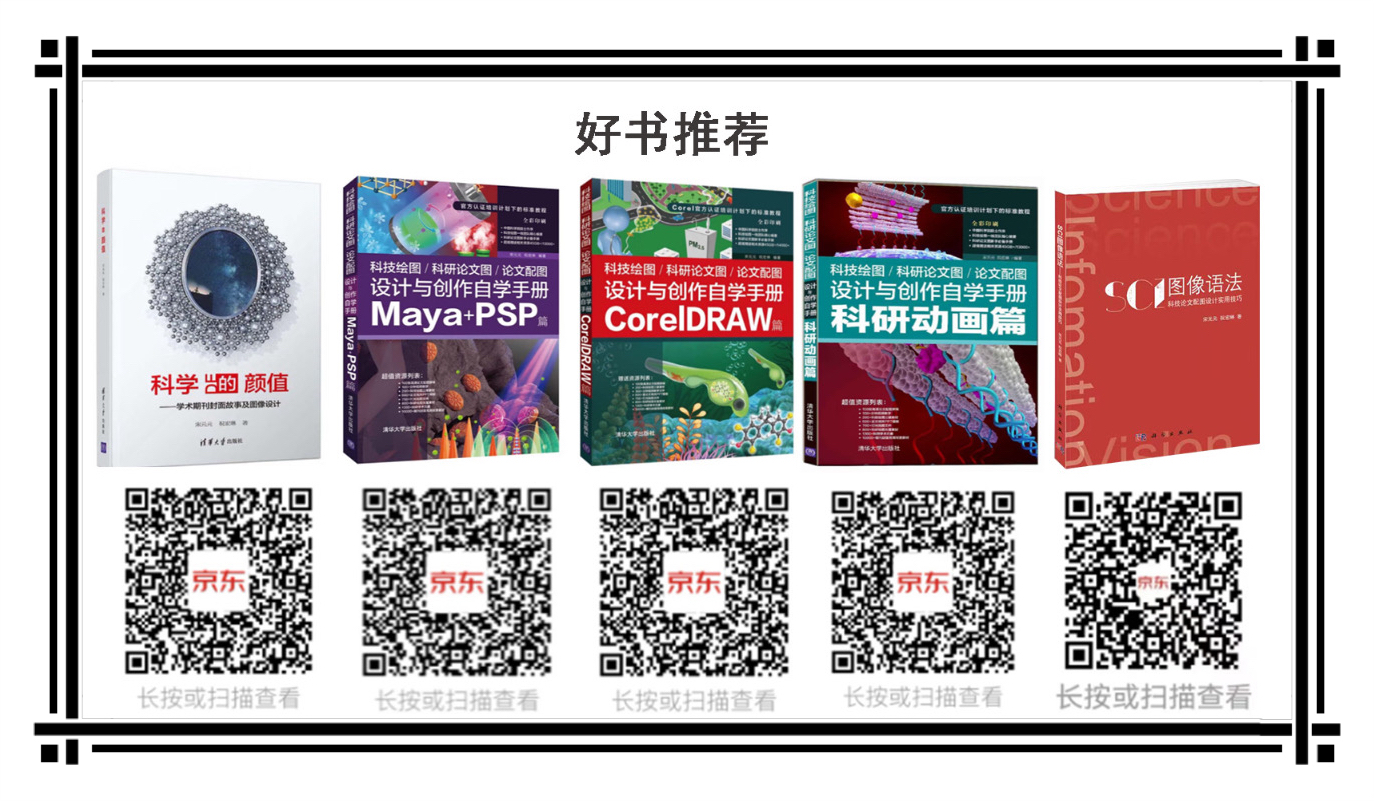
购书链接:
☆科学的颜值:学术期刊封面故事及图像设计
https://item.jd.com/12802188.html
☆科技绘图/科研论文图/论文配图设计与创作自学手册:CorelDRAW篇
https://item.jd.com/13504674.html
☆科技绘图/科研论文图/论文配图设计与创作自学手册:Maya+PSP篇
https://item.jd.com/13504686.html
☆科技绘图/科研论文图/论文配图设计与创作自学手册:科研动画篇
https://item.jd.com/13048467.html#crumb-wrap
☆SCI图像语法-科技论文配图设计使用技巧
https://item.jd.com/10073529532924.html?bbtf=1
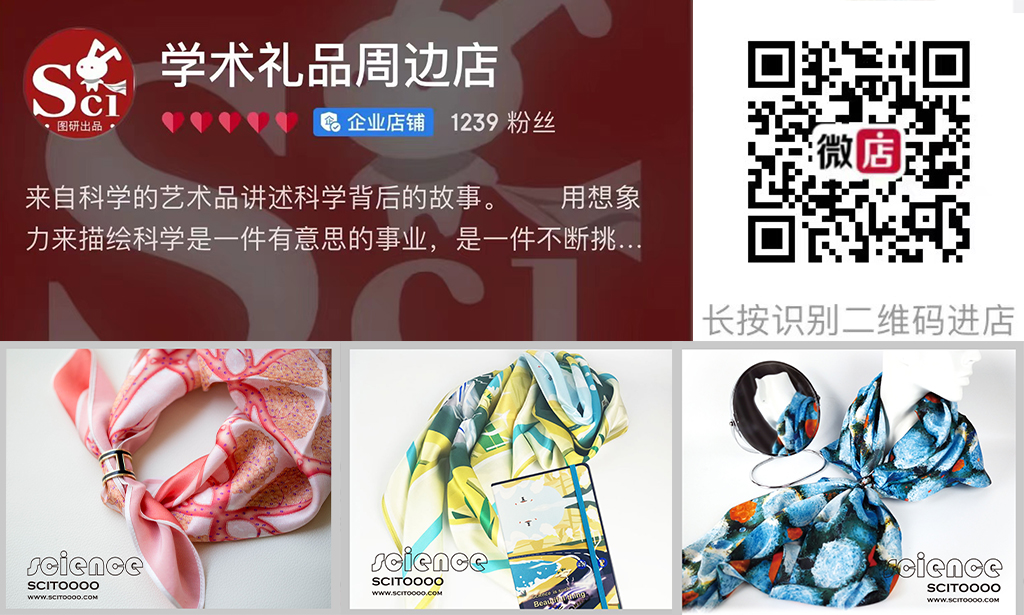
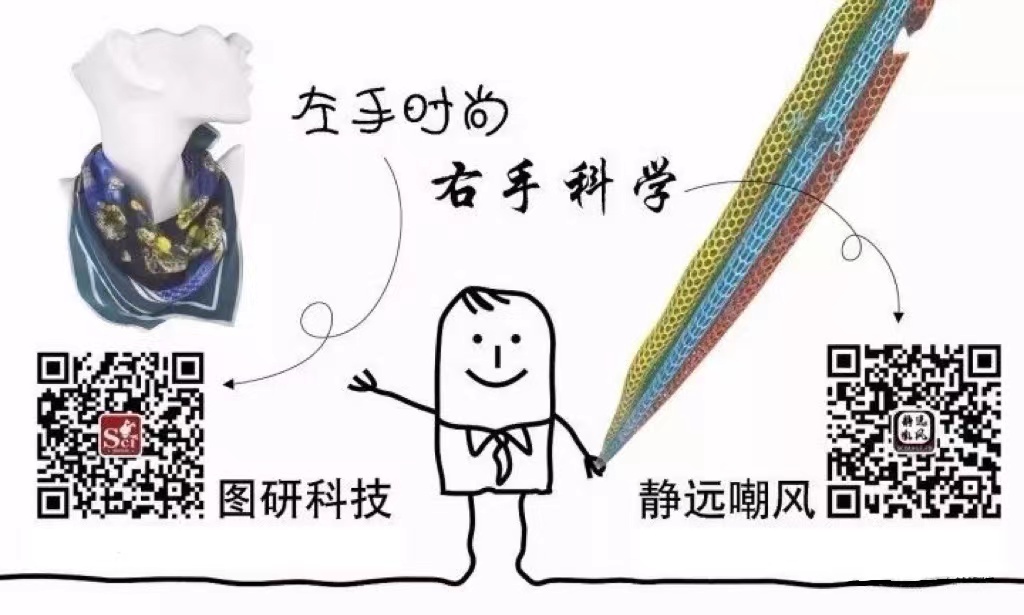
静远嘲风(MY Scimage) 成立于2007年,嘲风取自中国传统文化中龙生九子,子子不同的传说,嘲风为守护屋脊之瑞兽,喜登高望远;静远取自成语“宁静致远”,登高莫忘初心,远观而不可务远。
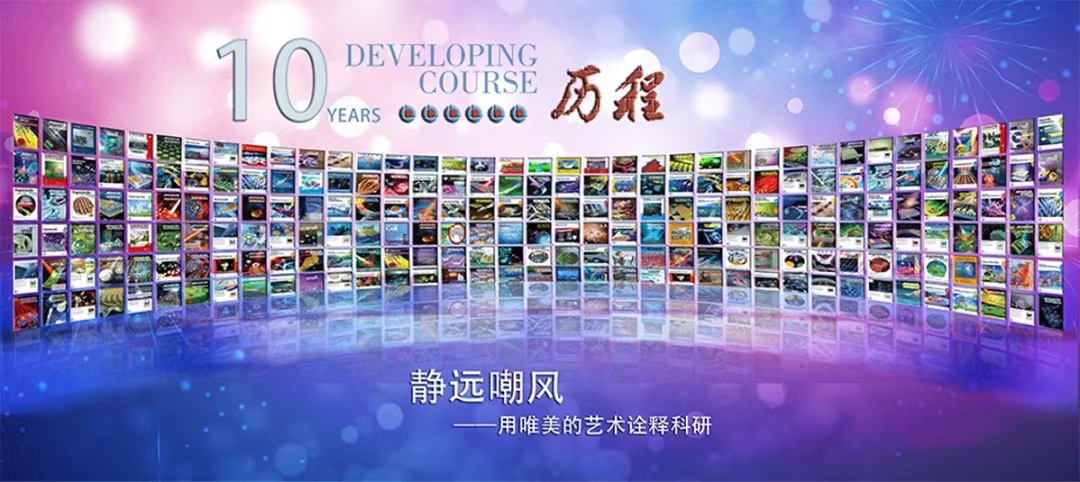
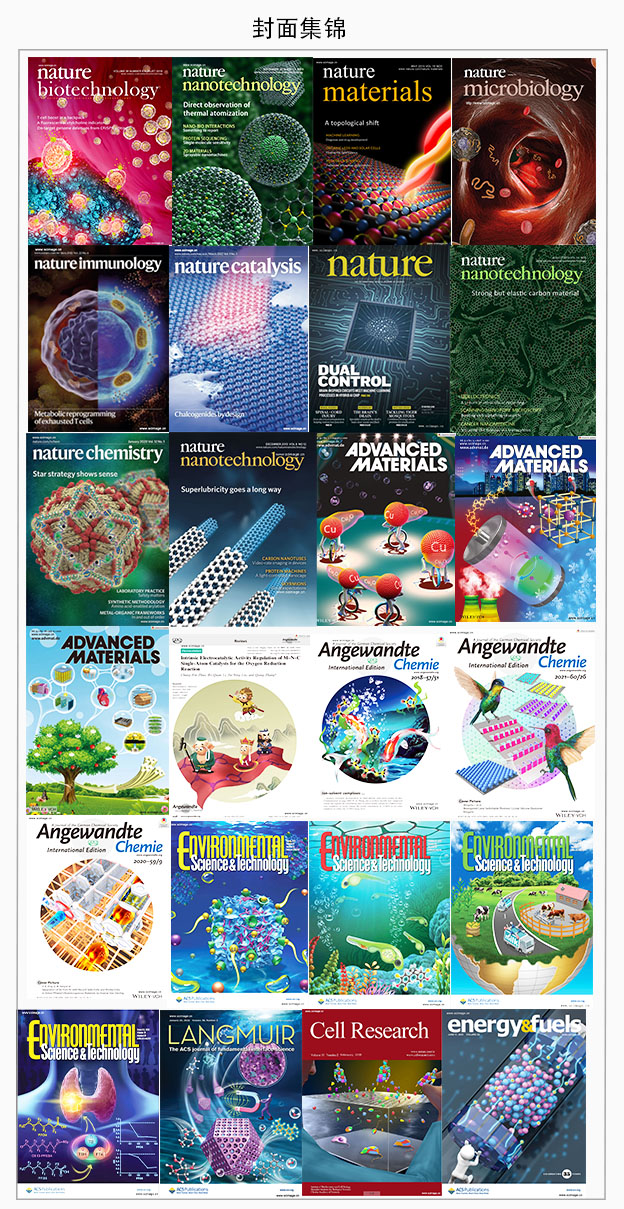
学习更多绘图教程关注:

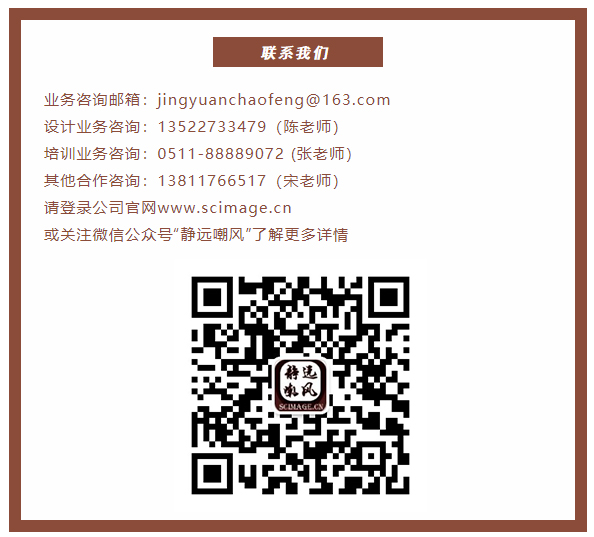
https://blog.sciencenet.cn/blog-519111-1409730.html
上一篇:科研制图 | 如何做纳米颗粒自组装形成的三维立体结构
下一篇:2023年9月嘲风作品集(二)




